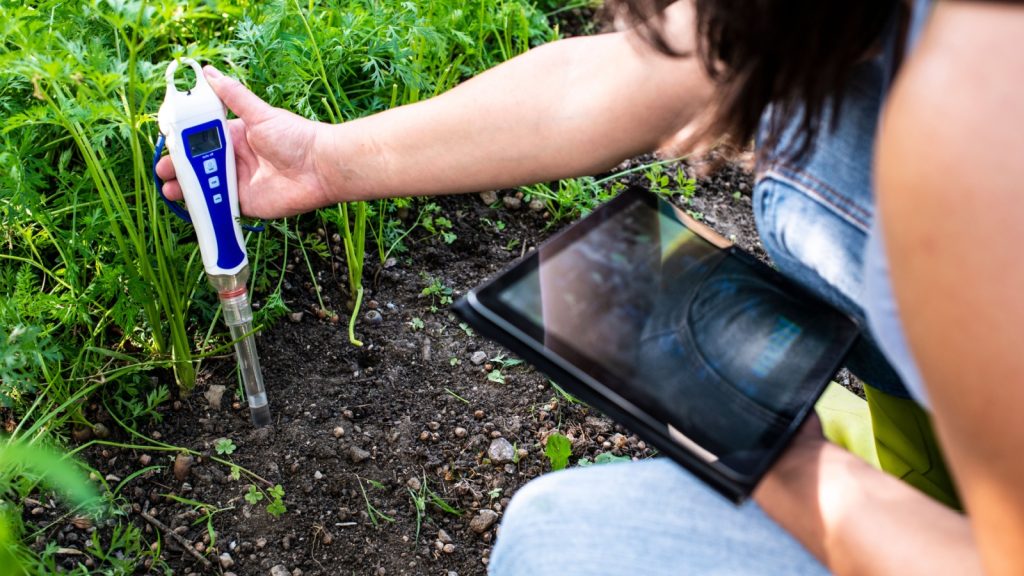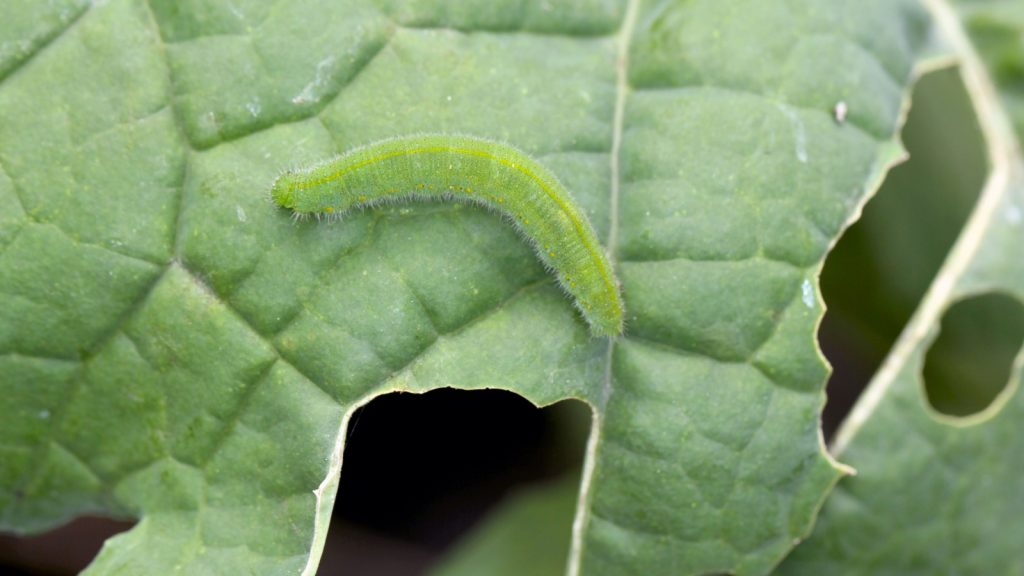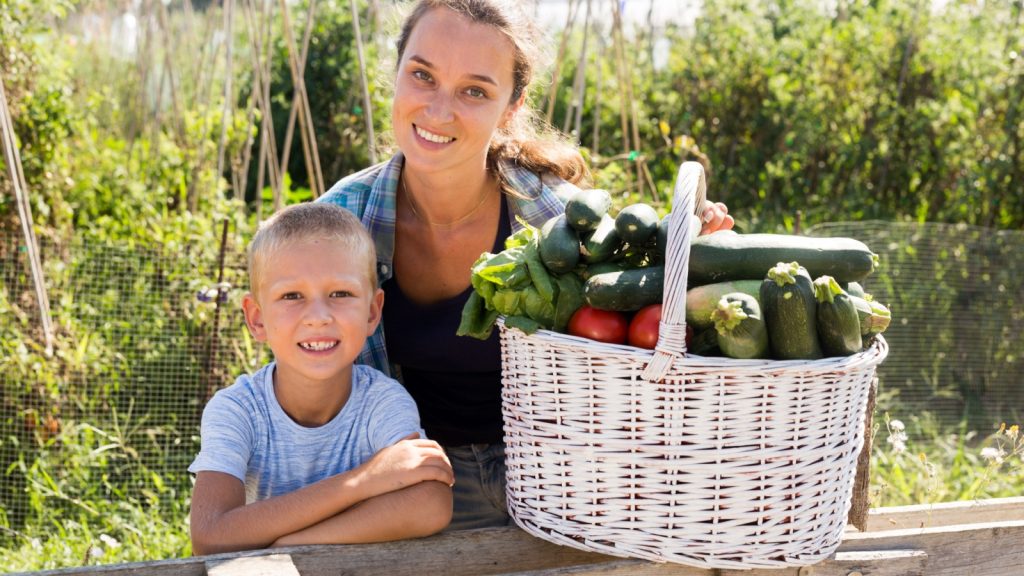Every garden soil sits somewhere on the pH scale, from acidic to alkaline, with neutral right in the middle. While most gardeners fret over acidic soil, it’s just as important to understand and manage alkaline soil.
Alkaline soil isn’t inherently bad, especially if you grow plants that thrive in these conditions. But if your garden seems lackluster, it might be time to tackle your soil’s alkalinity.
Knowing how to adjust your soil can mean the difference between a struggling garden and one that flourishes.

What Is Alkaline Soil?
The pH scale measures soil acidity or alkalinity, ranging from 0 to 14. Most soils fall between 3 and 10, with acidic soil below 7 on the scale. Anything above 7 is considered alkaline, often referred to by gardeners as “sweet soil.”
Soil pH matters because it affects the nutrients available to plants. Highly alkaline or acidic soils can make essential nutrients harder for plants to absorb, leading to stunted growth and deficiencies. Alkaline soil, in particular, is less soluble, creating challenges for plants not adapted to it.
Monitoring soil pH regularly allows you to identify potential issues early and take corrective action before they harm your plants.
What Causes Alkaline Soil?
Alkaline soil is less common than acidic soil, typically found in dry or arid regions with limited rainfall. Hard water, which often contains lime, also contributes to alkalinity. This water picks up minerals from the surrounding environment, raising its pH.
Natural springs, mountain runoff, or water passing over limestone are common sources of alkaline water. Additionally, farming practices like using lime as a soil amendment can raise pH levels when runoff affects surrounding areas.
Identifying whether your water source or local geology contributes to alkalinity is essential for long-term soil management strategies.
In suburban or urban areas, alkaline soil may result from construction activities. Builders often disturb and remove topsoil, replacing it with subsoil or materials like limestone gravel, which naturally increases alkalinity. Irrigation with high pH water only exacerbates the problem.
In regions where alkaline soil is standard, some gardeners find it easier to grow acid-loving plants in containers rather than continuously amending the ground.
Plants That Grow in Alkaline Soil
If you’re unable or unwilling to adjust your soil, plenty of plants are perfectly happy in alkaline conditions. Vegetables like asparagus, okra, and beets thrive here, as do herbs like oregano and parsley. Ornamentals such as lavender, zinnias, and phlox also love sweet soil.
These plants are ideal for alkaline gardens because they not only survive but often grow with fewer pests and diseases in higher pH soils.
How to Fix Alkaline Soil
For plants that prefer more acidic soil, amending alkaline ground is essential. Always start with a soil test to determine your pH level before making changes. Allow amendments to settle for several weeks before retesting to gauge their impact.
Using the right tools, such as a reliable pH meter or test kit, ensures accurate results and helps avoid unnecessary amendments.
Add Sulfur
Garden sulfur is one of the simplest ways to lower pH and increase acidity. Mix one to three ounces of sulfur per square yard of soil, adjusting for soil type—clay soils need more, sandy soils less. Incorporating compost alongside sulfur prevents damage and ensures better results.
Be sure to apply sulfur evenly across the soil surface to avoid creating hot spots of excessive acidity.
Amend with Peat Moss
Peat moss is a natural way to acidify soil, with Canadian peat moss offering a pH of 3.0 to 4.5. Spread a one to two-inch layer over your garden bed and mix it into the top 8-12 inches of soil. Be mindful that peat moss is a limited resource, so use it sparingly to avoid environmental impact.
For the best results, combine peat moss with other organic materials to improve both pH and soil texture.
Try Composted Wood Chips or Sawdust
Composted wood chips and sawdust can help lower soil pH while improving moisture retention in sandy soils. Pine needles are another option for acidifying the soil, though they may affect some plants’ growth. Always test these materials in small areas before wider use.
Regularly adding small amounts of these organic materials helps maintain consistent soil acidity over time.
Stick with It
Adjusting soil pH isn’t a one-time fix. It requires yearly applications to maintain results. While waiting for amendments to take effect, foliar sprays like seaweed extract or fish emulsion can provide nutrients directly to your plants’ leaves for a quick boost.
Remember to keep an eye on your plants for signs of improvement, as healthier foliage indicates your efforts are paying off.
Always Add Compost
Compost doesn’t change soil pH but acts as a buffer, improving nutrient availability and soil structure. For highly alkaline soils, adding significant amounts of organic matter can reduce nitrogen availability, so introduce it gradually to prevent deficiencies.
Consistent use of compost enriches your soil with beneficial microbes that improve long-term fertility and health.
What to Avoid Using
Some materials, like mushroom compost, wood ash, chicken manure, dolomite, and agricultural lime, can worsen alkalinity. Save these for acidic soils and opt for amendments that support your garden’s specific needs.
Using the wrong amendments not only wastes resources but can make it even harder to grow healthy plants in the future.
Ellen Reed lives where the road ends and the quiet begins. Her work tends to the tender space between solitude and connection, loss and joy, seed and harvest.
She's an author and journalist. When she's not in her garden, she's drinking tea and playing with her puppy.


